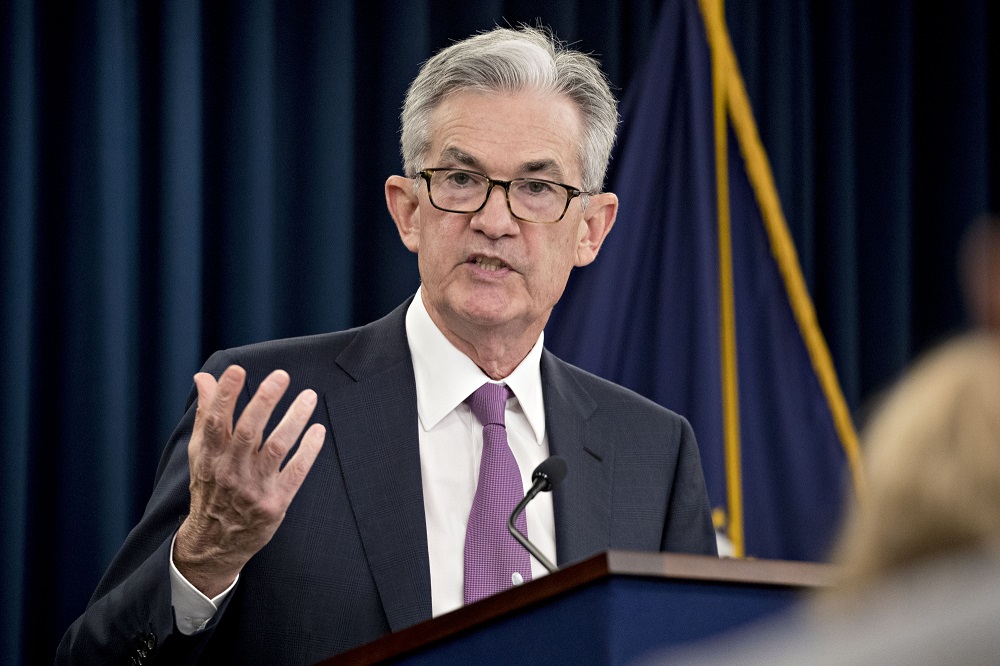What if the FED won’t be able to cut rates?
Unsurprisingly, speculation that the FED won’t be able to cut rates until later in the year, if at all, is weighing on foreign currencies, especially in emerging markets. But while the prospect of Fed delay or, worse still, no cuts at all, might create panic amongst investors, is it really justified?

>> Will the FED act in a political way?
As we’ve talked about many times, the US, through Fed policy and the US dollar, is the driver of the global financial cycle. So, the fact that all other G10 central banks (excluding the BoJ) may cut rates does not matter if the Fed stands still – or worse still - hikes. In some ways, this might seem like an odd statement. Other G10 countries should see their growth benefit from lower rates, and, if their currencies fall because of US dollar strength, then this could compound the chances of economic recovery as trade might improve.
However, there are some countries within G10, and many in emerging markets, that would likely see US dollar strength eat into their ability to cut rates; some might even have to hike to defend their currencies. The key factor here is the dominance of the US dollar in international finance.
The last data on dollar-denominated international credit to non-banks stood at some USD13tr (Q3 2023). That’s three times the size of euro loans and more than thirty-three times the size of international yen loans. If we look at credit to just emerging markets, the US dollar share of the global total is more than five times the size of euro lending. Hence, if US rates don’t come down, while most other G10 rates fall, international dollar borrowers won’t be much better off.
In fact, they could be far worse off if the US dollar surges because of Fed stubbornness on rates. This being said, recent years have seen some slowing in international dollar credit relative to other currencies. For instance, US dollar credit has risen around 7.5% since the start of the pandemic while euro credit has increased 24% on a global basis over the same period.
The sharp rise in US policy rates is undoubtedly part of the reason for this, as reflected in the fact that international yen credit has expanded faster than both the dollar and the euro. There might also be some impact from the ‘weaponisation’ of the US dollar as the US has blocked some countries from dollar use. Nonetheless, there is still a clear risk still that stalled Fed policy could do significant harm, albeit perhaps predominantly in emerging markets and not within the G10.
However, just because the US seemingly has the capacity to cause havoc as a result of stalled policy and rate divergence, does not necessarily mean that this will be the outcome. If we think back to the pre-pandemic period, specifically between late-2015 and late-2018, we saw the Fed lift the fed funds target from 0.25% to 2.5%. Now, 2.5% might be far short of the 5.5% level we see today, but in terms of divergence between Fed policy and that of other G10 central banks, the 2015-2018 period was much more extreme because the Fed was the only one to hike, unlike the recent episode where central banks have tended to keep up with the Fed.
>> Outlook for some central banks’ interest rates
In spite of greater policy divergence in the 2015-2018 period, we did not see risk assets implode, nor did we see bond yields outside the US surge and the US dollar ended the Fed’s tightening cycle lower against the other major currencies than where it started. This episode proves that, while the US undoubtedly has the capacity to upset global financial stability via rate divergence, it does not necessarily follow that this is what will happen.
Of course, there might be all sorts of reasons why global markets were impervious to the 2015-18 Fed tightening cycle that might not be in place now, and hence many assets could be staring over the precipice if the Fed refuses to budge on rates this year. But while financial market wobbles will undoubtedly happen from time to time, we generally take a more glass-half-full view of the situation and anticipate that financial markets will ultimately be able to weather the pressure that the Fed might bring to bear.








